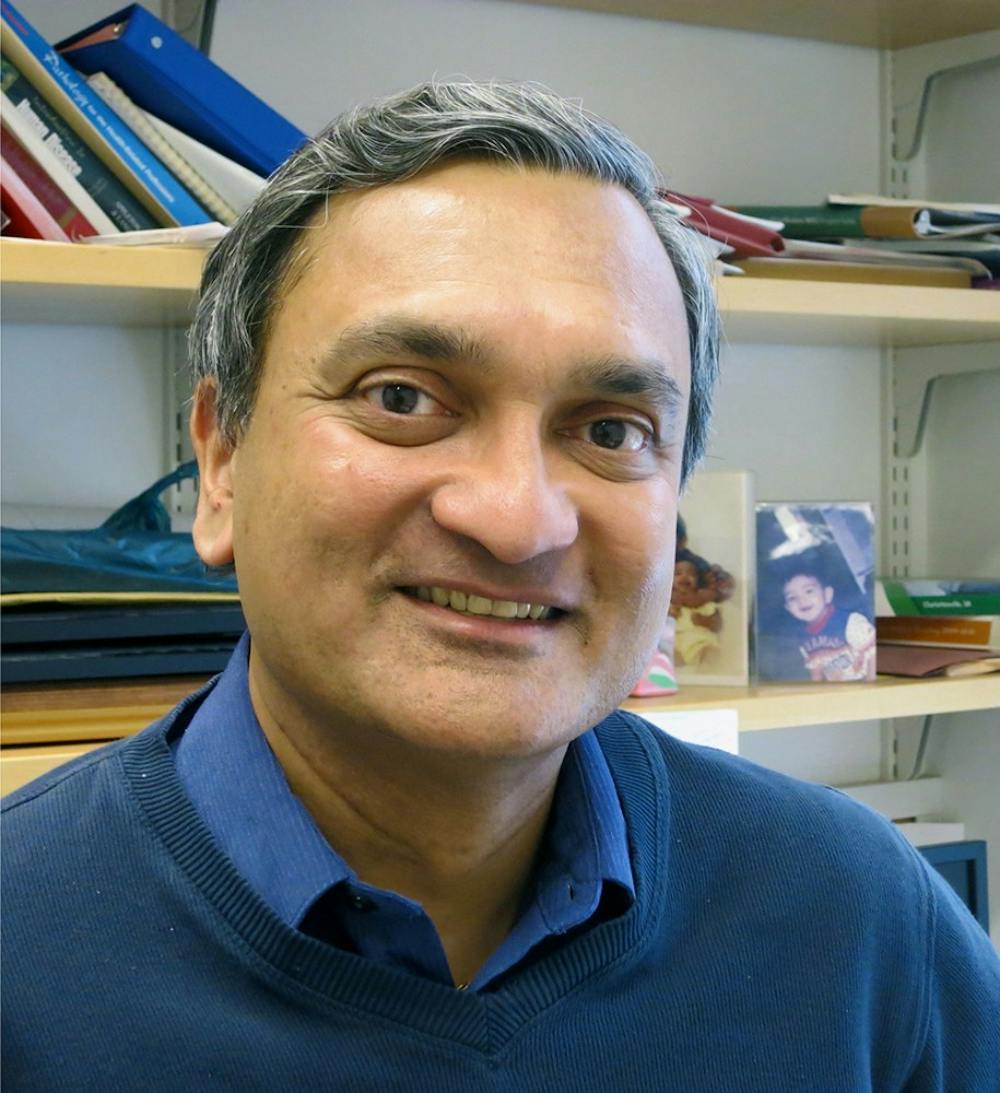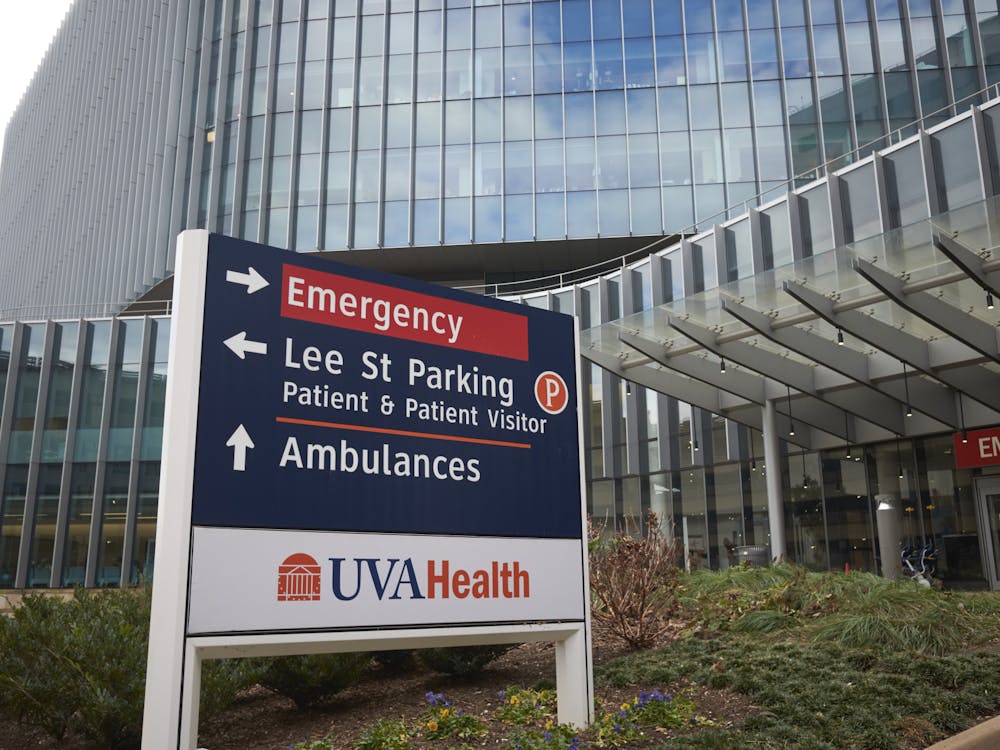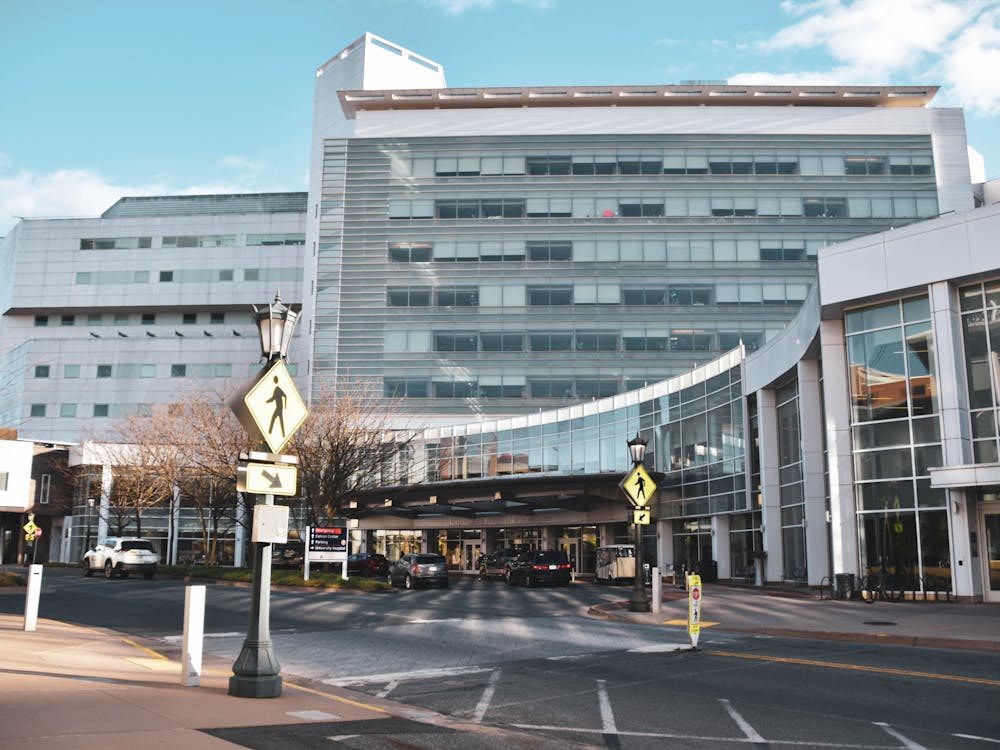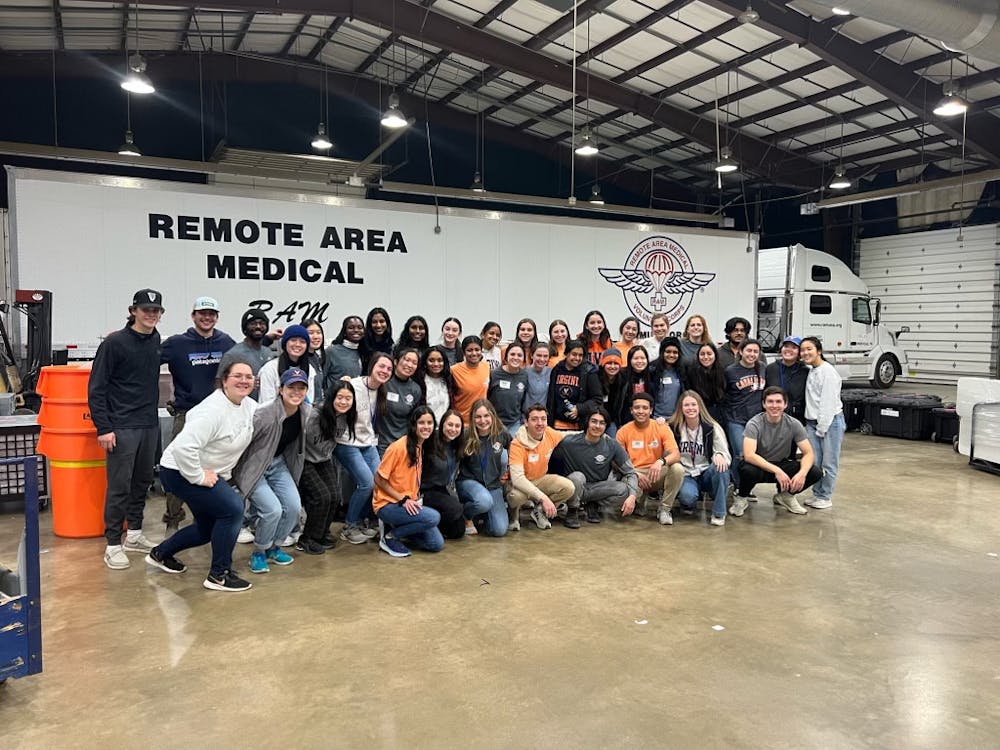After being part of the team that discovered the gene for myotonic muscular dystrophy almost 25 years ago, the University’s School of Medicine’s Medical Director of Molecular Diagnostics Laboratory, Dr. Mani S. Mahadevan, has now successfully tested a therapy in mice that reduces the deleterious effects of the disease.
Also a Pathology Prof., Mahadevan is working on moving the therapy into clinical trials for human patients with muscular dystrophy.
Muscular dystrophy is characterized by the inability to relax muscles, as well as muscle degeneration. It is one of the most clinically variable disorders — mild and severe cases can present even with a single family, and the disease tends to get progressively worse through generations. Moreover, muscular dystrophy is a multisystemic disease, not only affecting the muscles but the heart, brain and endocrine systems.
The initial discovery of the gene laid the path for future investigation into the unusual mechanisms of the disease. Usually a gene encodes for a protein, and a mutation leads to an abnormal protein that causes the disease. In the case of muscular dystrophy, however, the mutation doesn’t affect the protein structure. Instead, the mutation occurs in a non-coding region of the gene, in an intermediate stage between the transcription of the gene and the translation — or formation — of the protein.
“This might be the first example of a disease that’s caused by toxic or poisonous RNA. You are taught that the product of the gene is protein, but really the product is RNA that then becomes protein. We found that the RNA itself is toxic,” Mahadevan said.
In studying RNA toxicity, Mahadevan identified a key receptor called TWEAK that binds the TWEAK protein, sending a signal to cells to respond to inflammation or tissue growth and regeneration. Normally, TWEAK is present in extremely low levels. But in cases of muscular dystrophy, muscle degeneration caused by the toxic RNA causes hyperactivity in the TWEAK pathway, leading to overproduction of TWEAK receptors.
With this knowledge, Mahadevan approached Biogen Idec, the biotechnology company which has been working on the TWEAK receptor pathway for over a decade.
In collaboration with Biogen, further testing on mice revealed that removal of the TWEAK receptor caused reversal of the symptoms of the disease. Biogen already had a therapy developed, but instead of targeting the TWEAK receptor, the therapy — a biological molecule called anti-TWEAK — targets the ligand that binds to the receptor.
“We showed that anti-TWEAK works in mice with muscular dystrophy but now we want to move it into humans,” Mahadevan said. “To do that requires a lot of work and a lot of money.”
Although currently in the clinical trials testing stage for patients with other autoimmune diseases, cancers and certain stroke patients, the therapy is not yet available for patients with muscular dystrophy. If approved, the therapy will be administered as an injection containing the anti-TWEAK.
“Biogen has already tested this therapy for safety in normal individuals which is the phase one trials and are now on to phase two trials for people with the disease,” Mahadevan said. “This means we wouldn’t have to go through all the steps. What I’d like to do is convince the company that they should do clinical trials for myotonic dystrophy patients as well.”
Although this therapy does not cure the disease, it has demonstrated the ability to prolong life in mice by reducing the deleterious side effects.
“Working on this disease has been fascinating for me as a career because it actually allowed us to look at biology in a new way,” Mahadevan said. “Muscle wasting and muscle weakness is a major concern in patients and if we can address that to some extent through the therapy then I think we would have done something worthwhile for the community.”





